#Charles Meynier
Explore tagged Tumblr posts
Text
1- Charles Meynier - Apolo Belvedere en un paisaje. 2- Charles Meynier - Estatuas de Diana Cazadora en un paisaje. 3- Charles Meynier - Estatua de Mercurio en un paisaje. 4- Charles Meynier - Estatua de Polimnia en un paisaje.
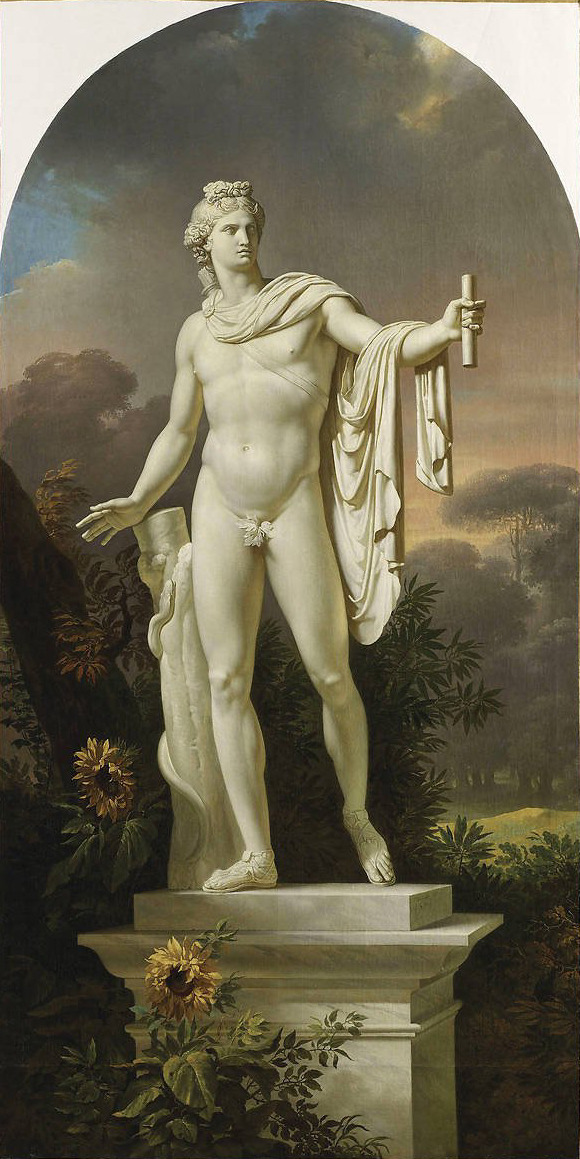
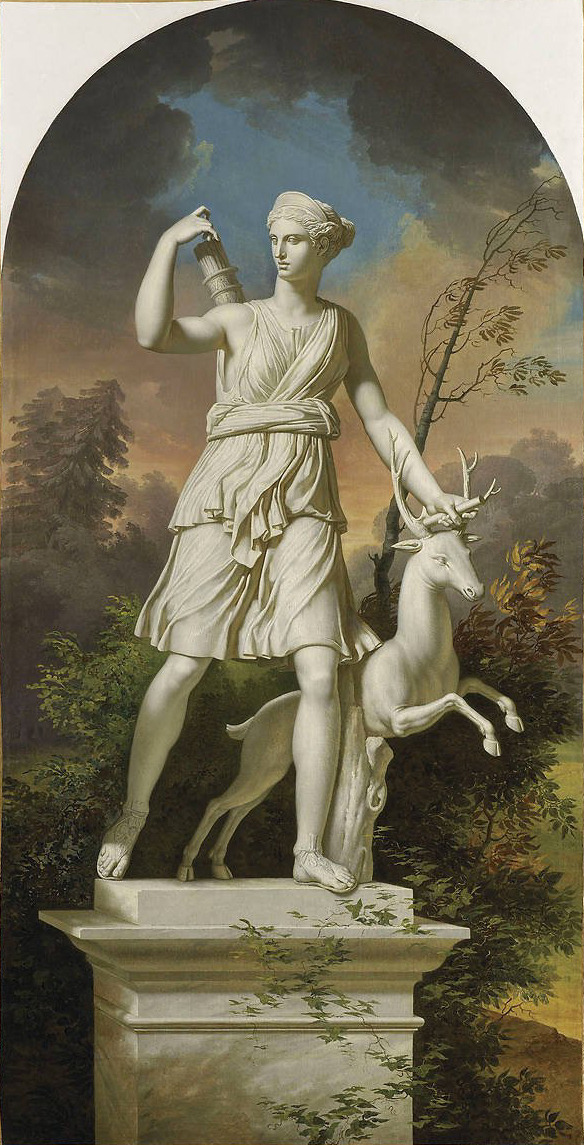
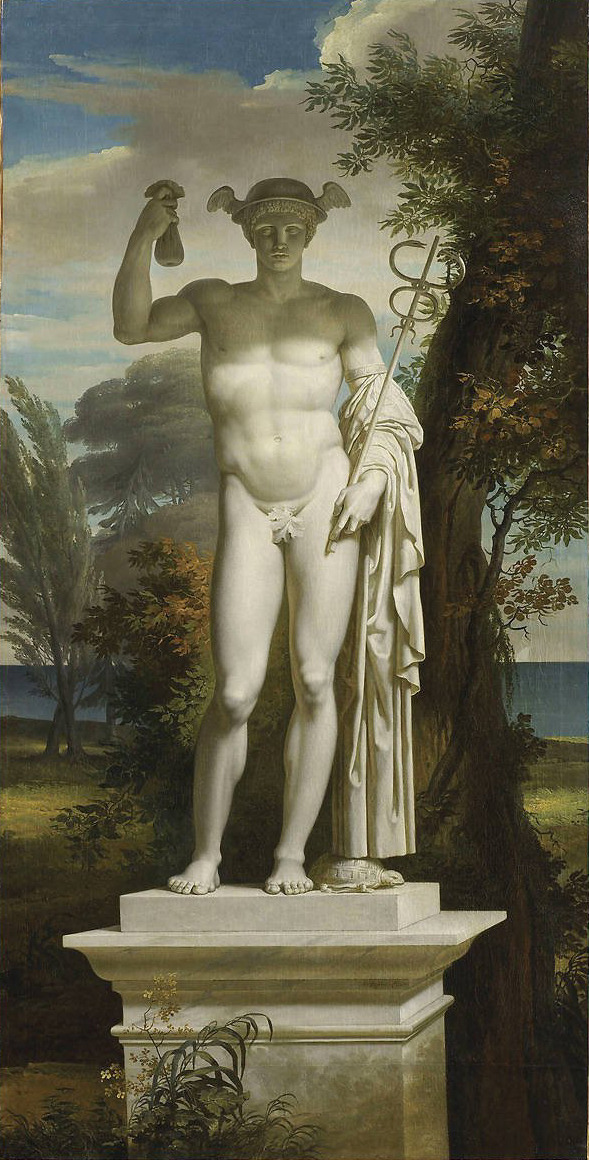

#charles meynier#art detail#traditional art#art history#traditional painting#classical art#oil painting#classic art#19th century art#art details#art#arte#contemporary art#20th century art#1800s art#academic art#fine art#modern art
468 notes
·
View notes
Text

Clio, Muse of History, 1800
Charles Meynier
#reddit#museum#beyondlouvre#1800s#1800#clio muse of history#charles meynier#painter#painting#art#artist#cleveland museum of art#angel
81 notes
·
View notes
Text
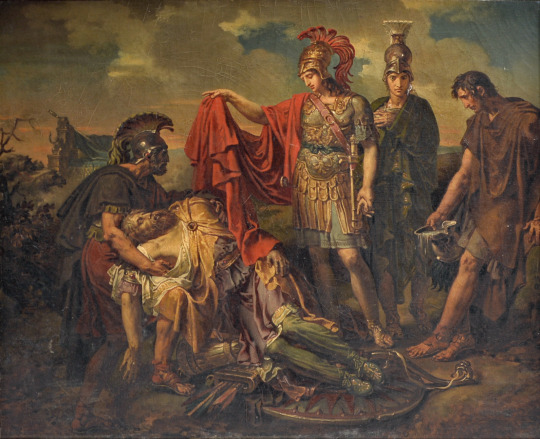
Alexander covering the body of Darius with his cloak
by Charles Meynier
#alexander the great#darius#art#charles meynier#antiquity#history#europe#european#asia#persia#persian#ancient greek#ancient greece#macedonian#macedonia#greek#greece#achaemenid empire#macedonian empire#king#persian empire
261 notes
·
View notes
Text

Erato, Muse of Lyrical Poetry (1800) by Charles Meynier (1768-1832), oil on canvas, 273 x 176 cm, The Cleveland Museum of Art, Cleveland
#erato muse of lyrical poetry#charles meynier#painting#oil on canvas#art#fine art#apollo and the muses#mythology#greek mythology#mythological painting#erato#muse#neoclassical#neoclassicism#18th century#cleveland museum of art#cleveland#my upload
121 notes
·
View notes
Text

Apollo, God of Light, Eloquence, Poetry and the Fine Arts with Urania, Muse of Astronomy
Artist: Charles Meynier (1768–1832)
Genre: Mythological Painting
Date: 1798
Media: Oil on Canvas
Collection: Cleveland Museum of Art, Cleveland, Ohio
Charles Meynier was a French painter of historical subjects in the late 18th and early 19th century. He was a contemporary of Antoine-Jean Gros und Jacques-Louis David.
Meynier was the son of a tailor. Already at a young age he was trained by Pierre-Philippe Choffard. As a student of François-André Vincent, Meynier won the second prize in the 1789 prix de Rome competition; Girodet won. He became a member of the Académie de France à Rome. In 1793 he went back to Paris.
He made designs for the bas-reliefs and statues on the Arc de Triomphe du Carrousel and the Paris Bourse. From 1816 onward, he was a member of the Académie des Beaux-Arts. In 1819 Meynier was appointed teacher at the École des Beaux-Arts. Like his wife he died of cholera.
#apollo#greek gods#god of light#god of eloquence#god of poetry#god of fine arts#muse of astronomy#french art#charles meynier#oil on canvas#greek mythology#mythological art
37 notes
·
View notes
Text
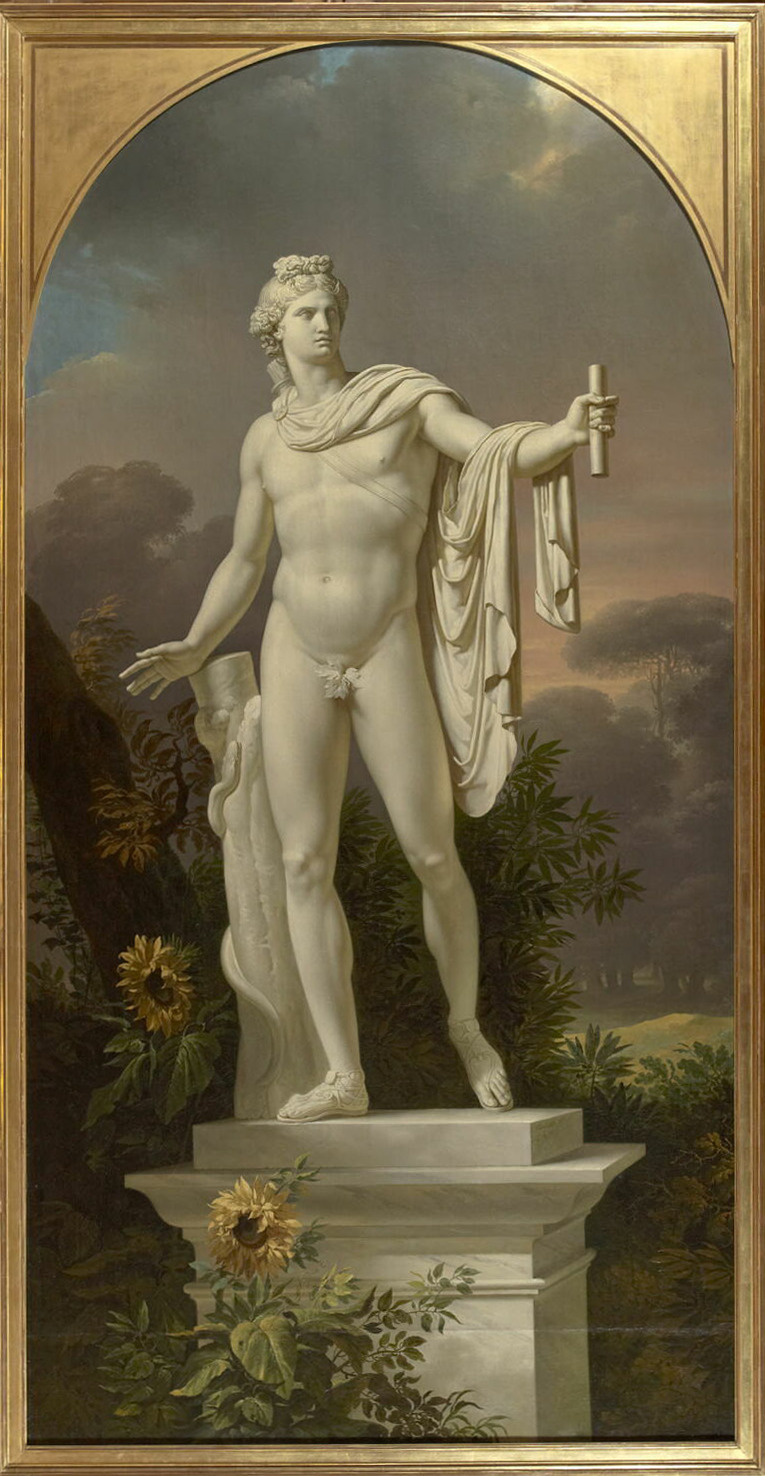
Statue d'Apollon (Apollon du Belvédère)

Painted by the French artist Charles Meynier (1768-1832) in either 1794 or 1795, this oil on canvas artwork depicts the statue of Apollo Belvedere, one of the most famous statues of the Ancient God. It is 3 meters in height and 1.53 meters in width, towering over the viewer.
The gallery of art created by Meynier is full of other examples of paintings based off Ancient legends, myths, and stories.
#༺⛧༻ 𝕮𝔞𝔫𝔢𝔰 𝖁𝔢𝔫𝔞𝔱𝔦𝔠𝔦 ༺⛧༻#༺⚚༻ 𝕲𝔞𝔩𝔩𝔢𝔯𝔦𝔞 ༺⚚༻#art#greek gods#greek mythology#apollo#apollo belvedere#Charles Meynier#french art#french artist#tagamemnon
126 notes
·
View notes
Photo
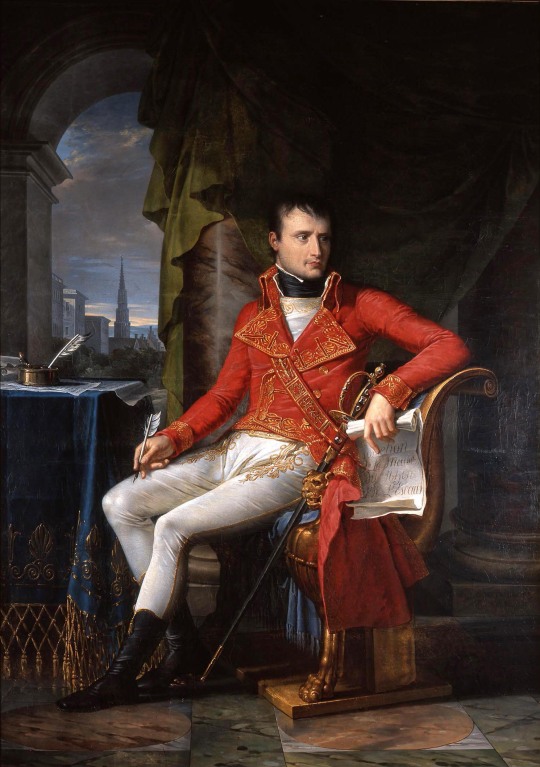
1804 Charles Meynier - Napoléon Bonaparte, First Consul
(Musée de la Ville de Bruxelles / Maison du Roi)
192 notes
·
View notes
Text
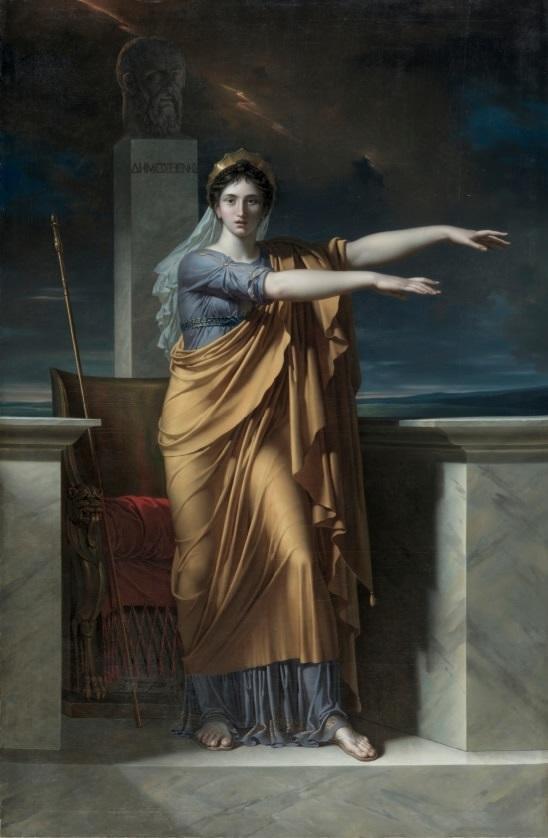
"Polyhymnia, Muse of Eloquence" by Charles Meynier (1800)
#dark academia#light academia#classical#academia aesthetic#escapism#academia#books and libraries#classic literature#books#architecture#art#painting#charles meynier#1800s#19th century#polyhymnia#muse#eloquence#royal core#cottage core#aesthetics#mood#vibe#tumblr
75 notes
·
View notes
Text

Reinaldo by Junior Angeloti
#artistic nude#nudephoto#nudephotography#art#photography#artistic#Fine Art#Painting#Painter#Charles Meynier#junior angeloti#Egyptian Tattoo#Tattoo
4 notes
·
View notes
Text


Napoleon pointing at Bonaparte :)
#Napoleon#napoleon bonaparte#paintings#Meynier#Charles Meynier#Joseph Chabord#1800s#Chabord#napoleonic era#napoleonic#first french empire#french empire#19th century#france#art#art history#french revolution#first consul#the consulate#consulate#history#frev#French art#consul#1st consul#Equestrian Portrait of Napoleon I#1804#1810
17 notes
·
View notes
Text

Polyhymnia, Muse of Eloquence (Charles Meynier, 1797-1801)
10 notes
·
View notes
Text

Clio, Muse of History. Painting by Charles Meynier, 1800.
Charles Meynier (1763 or 1768 – 1832, Paris) was a French painter of historical subjects in the late 18th and early 19th century. He was a contemporary of Antoine-Jean Gros and Jacques-Louis David. Charles Meynier one of the outstanding masters of Empire painting, the creator of paintings on battle and mythological plots. He is also known for creating sketches for the bas-reliefs and statues of the Arc de Triomphe on Place Carruzel and the Paris Bourse.

Clio's name is etymologically derived from the Greek root κλέω/κλείω (meaning "to recount", "to make famous" or "to celebrate").
Clio, sometimes referred to as "the Proclaimer", is often represented with an open parchment scroll, a book, or a set of tablets.

Like all the muses, Clio is a daughter of Zeus and the Titaness Mnemosyne, goddess of memory. Along with her sister Muses, she is considered to dwell at either Mount Helicon or Mount Parnassos. Other common locations for the Muses are Pieria in Thessaly, near to Mount Olympus.


18 notes
·
View notes
Text

~1810, Charles Meynier, Wisdom Defending Youth from the Arrows of Love
#Charles Meynier#Sapientia defendens Iuventutem a sagittis Amoris#Wisdom Defending Youth from the Arrows of Love#saec. XIX#1810#pictura#National Gallery of Canada#Ottaviae#Sapientia#Iuventus#Amor#XB69F46
13 notes
·
View notes
Text



France, under the guise of Minerva, Protecting the Arts, by Charles Meynier
0 notes
Text

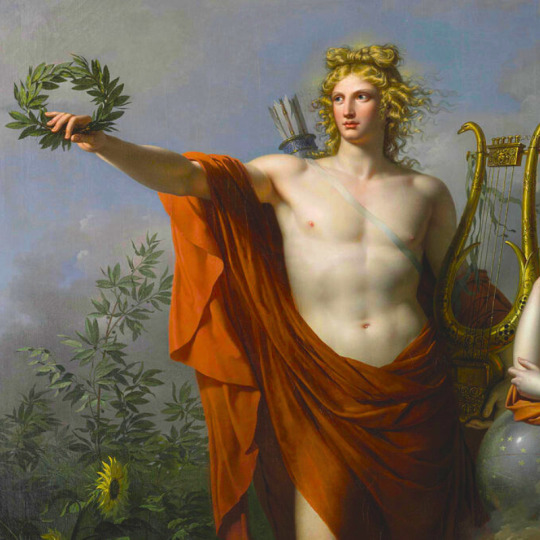
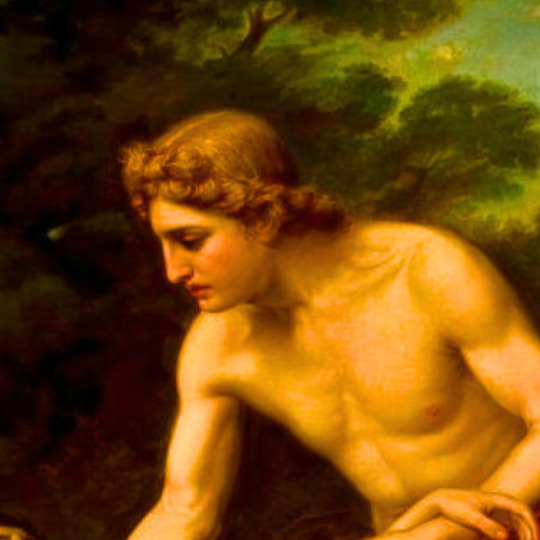
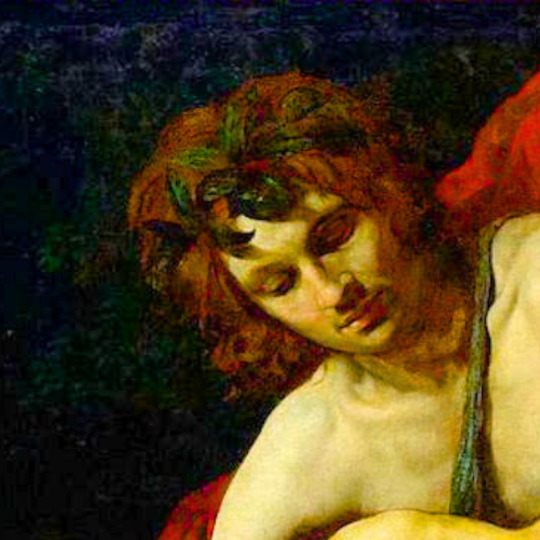

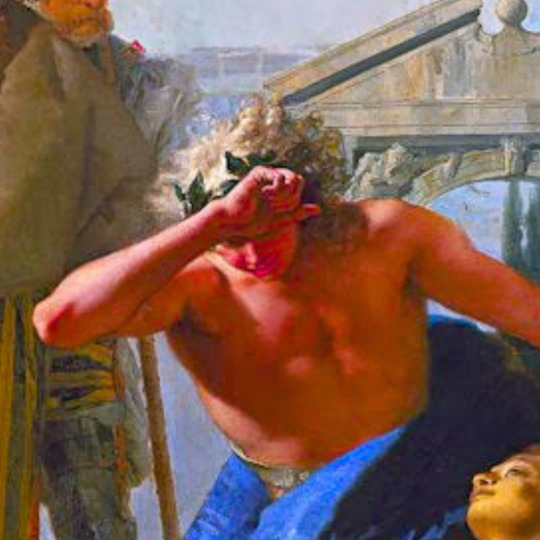

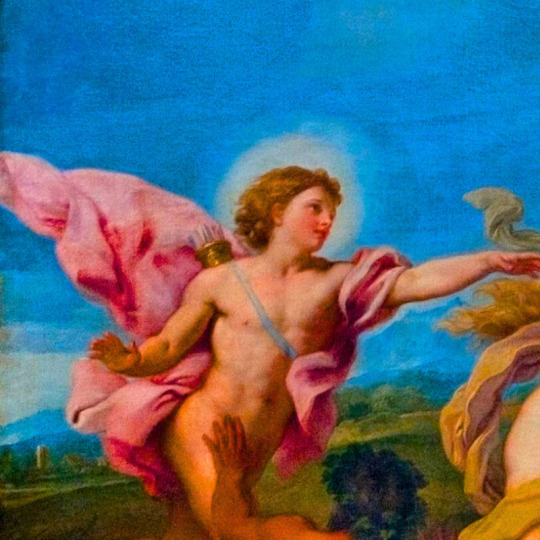


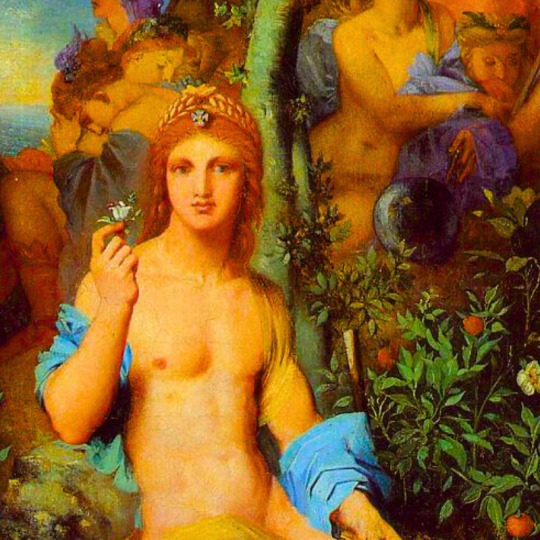



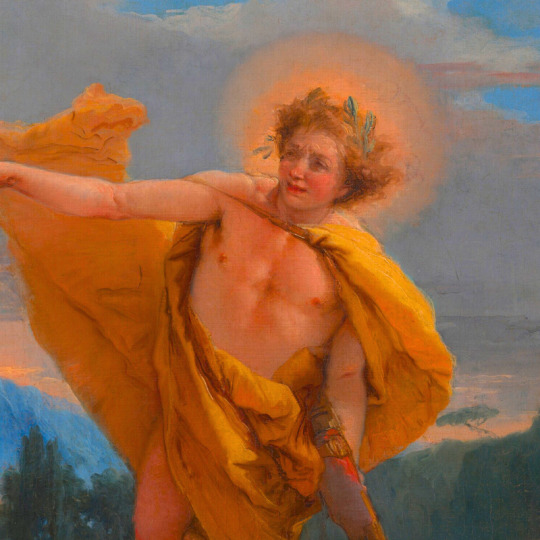
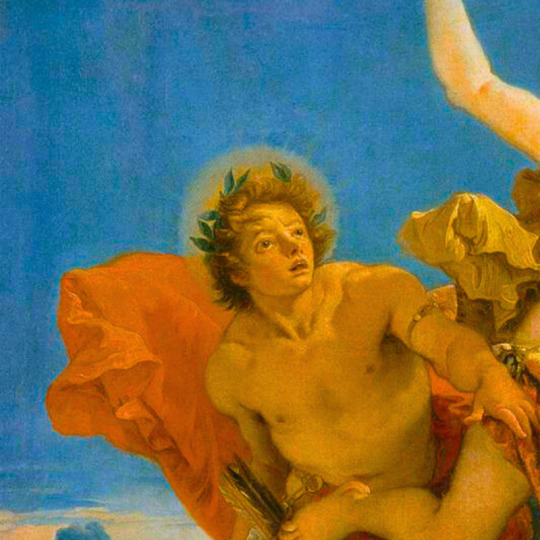

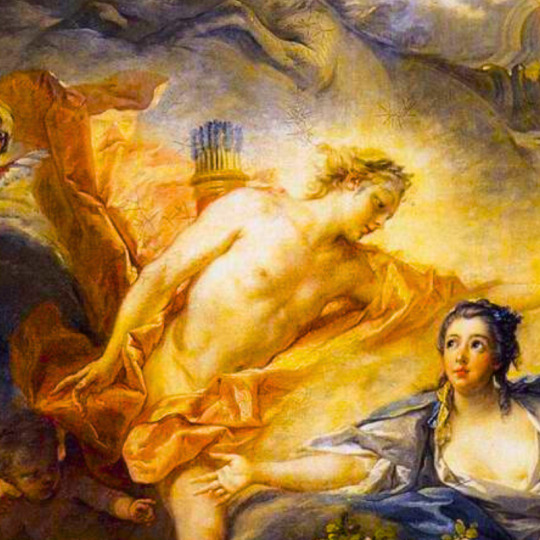
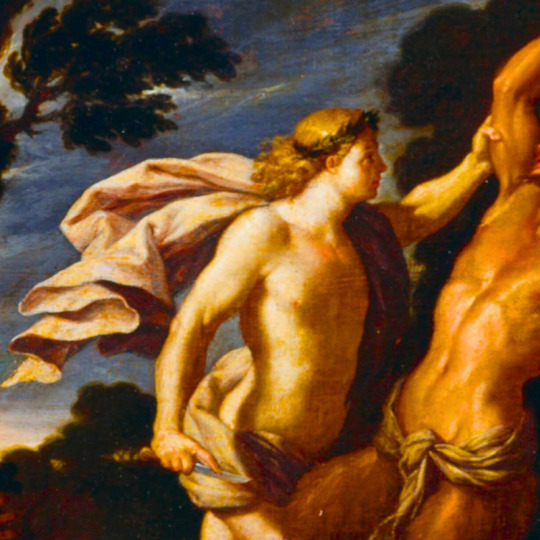
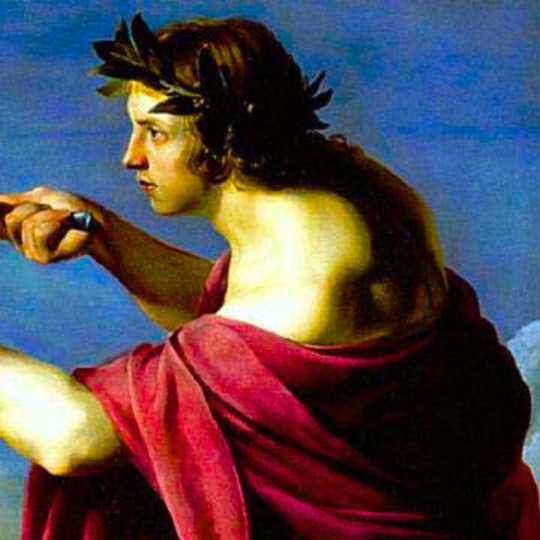


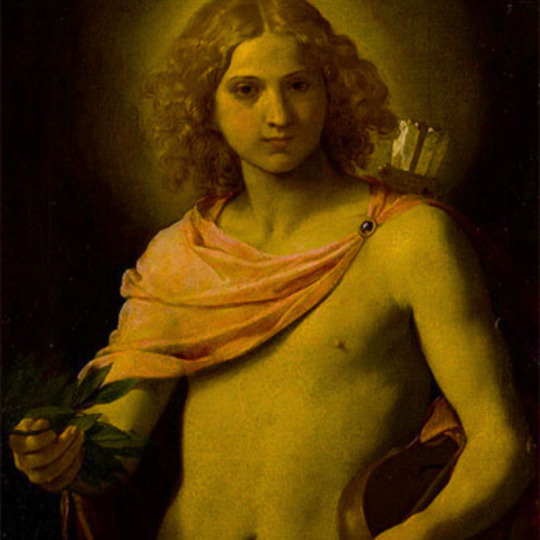


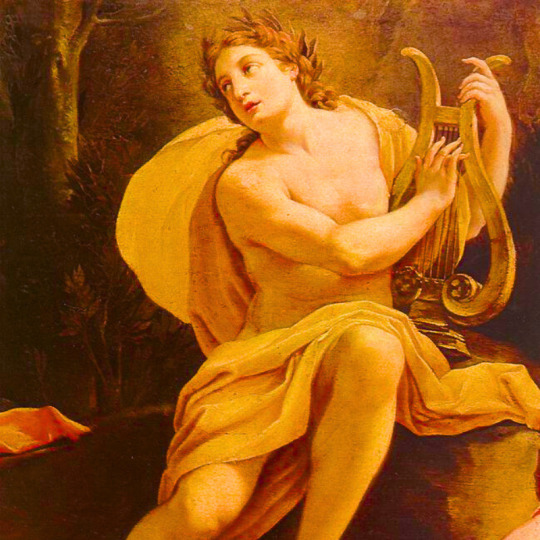
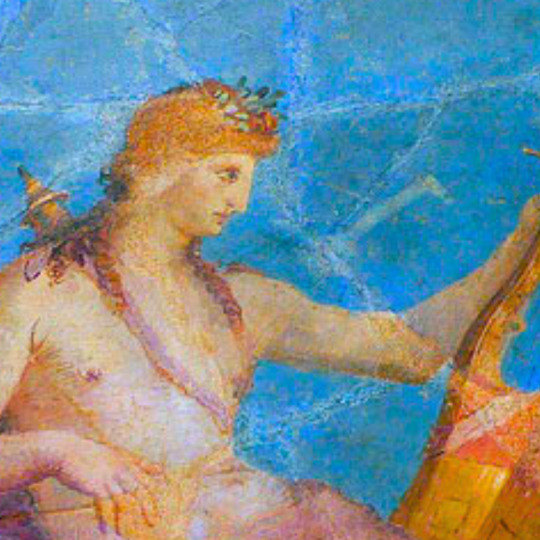

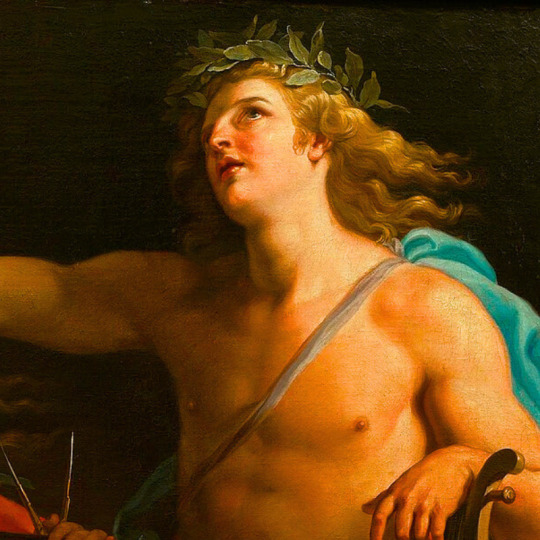
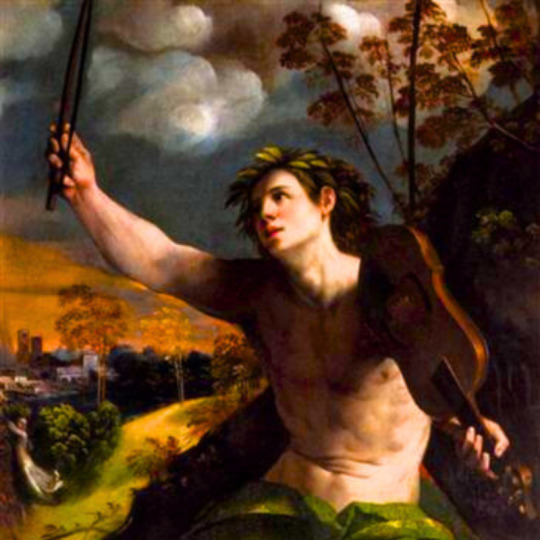
apollo + art
#apollo by charles joseph natoire: apollo#apollo by charles meynier#the death of hyacinth by alexandre kisseliov#death of hyacinth by unknown#death of hyacinth by nicolas rene jollain#death of hyacinth by giovanni battista tiepolo#death of hyacinth by benjamin west#apollo chasing daphne by carlo maratta#apollo and the nine muses by raphael & parnassus#apollo and the nine muses by anton raphael mengs#apollo and the nine muses by gustave moreau#the muses leave apollo by gustave moreau#the council of gods by peter paul rubens#apollo and aurora by gerard de lairese#apollo pursuing daphne by giovanni battista tiepolo#apollo and daphne by giovanni battista tiepolo#apollo and marsyas by hans thoma#apollo revealing his divinity by franocis boucher#apollo and marsyas by filipino lauri#apollo and marsyas by bartolomeo manfredi#apollo and the python by cornelis de vos#apollo by rosealba carriera#apollo by simone cantarini#apollo chasing daphne by francesco albani#apollo and daphne by john william waterhouse#apollo by simon vouet#apollo unknown (vase art)#the inspiration of a poet by nicolas poussin#apollo and the two muses by pompeo batoni#apollo and daphne dosso dossi
482 notes
·
View notes
Text

Calliope, Muse of Epic Poetry
Artist: Charles Meynier (French, 1768-1832)
Date: 1798
Medium: Oil on Canvas
Genre: Mythological Painting
Location: Cleveland Museum of Art, Cleveland, Ohio
In Greek mythology, Calliope is the muse of epic poetry, eloquence, music, song, and dance. She is the eldest of the nine muses, the daughters of Zeus and Mnemosyne, and is often depicted as their leader. Calliope is known for inspiring great poets throughout history, including Homer, Virgil, Ovid, and Dante Alighieri, and was often called upon for help when they were writing. She is also said to have given the gift of eloquence to kings and princes.
Calliope's name literally means "beautiful-voiced" and she is often depicted in art carrying a writing tablet and stylus, or with a lyre. She is also sometimes depicted with grapes, an aulos (an ancient Greek musical instrument), or panpipes, which may refer to her role as an agricultural goddess.
Calliope is also said to have been the mother of Orpheus, the most famous musician in Greek mythology. In some accounts, she is the daughter of Zeus and Mnemosyne, and has siblings including Euterpe, Polyhymnia, Urania, Clio, Erato, Thalia, Terpsichore, and Melpomene. She may also have had two sons with the god Apollo, Hymen and Ialemus, and may have been the mother of Rhesus, king of Thrace, or Linus, the inventor of melody and rhythm.
Calliope first appeared in Greek mythology around 700 BCE in Homer's The Iliad and continued to appear until around the ninth century.
#fine art#poetry#music#oil painting#greek mythology#muse#artist charles meynier#french art#french artist
92 notes
·
View notes